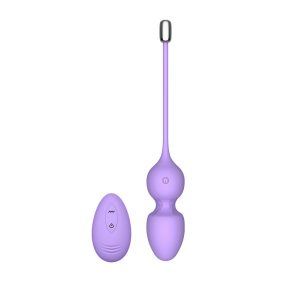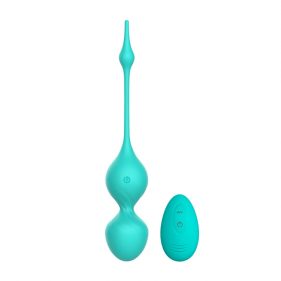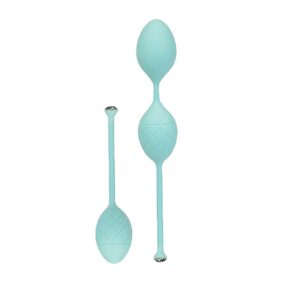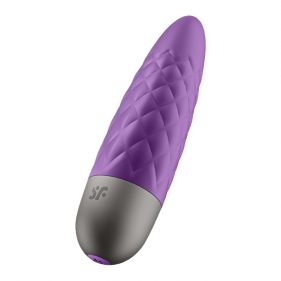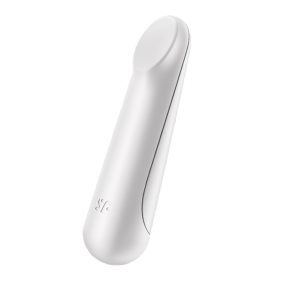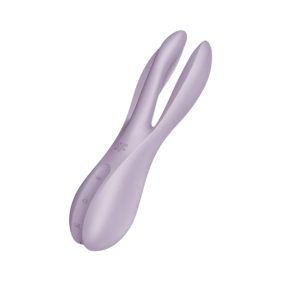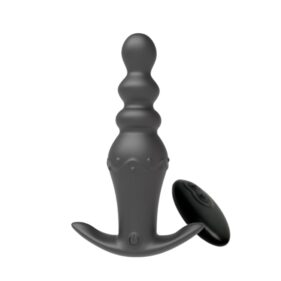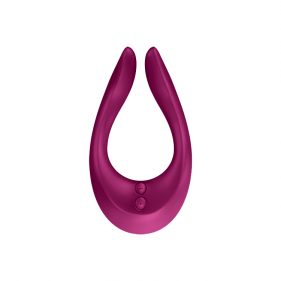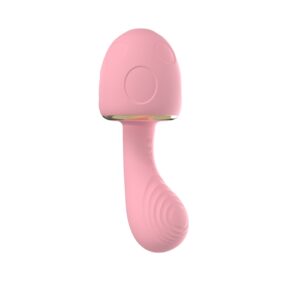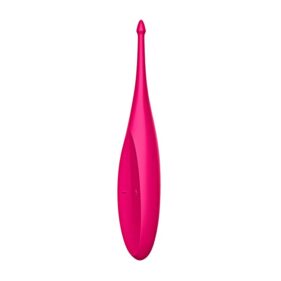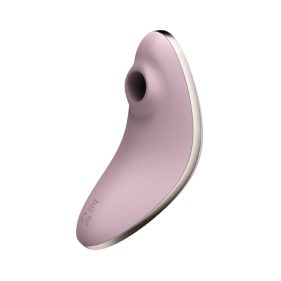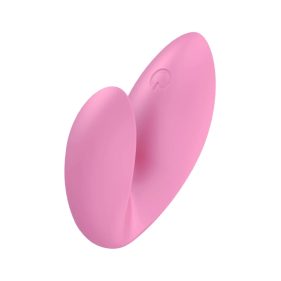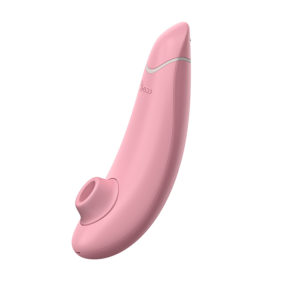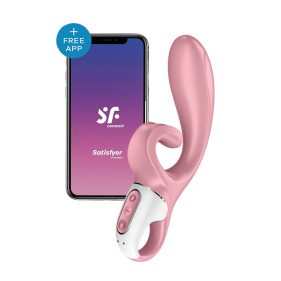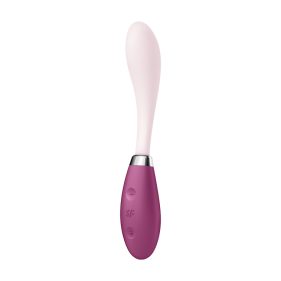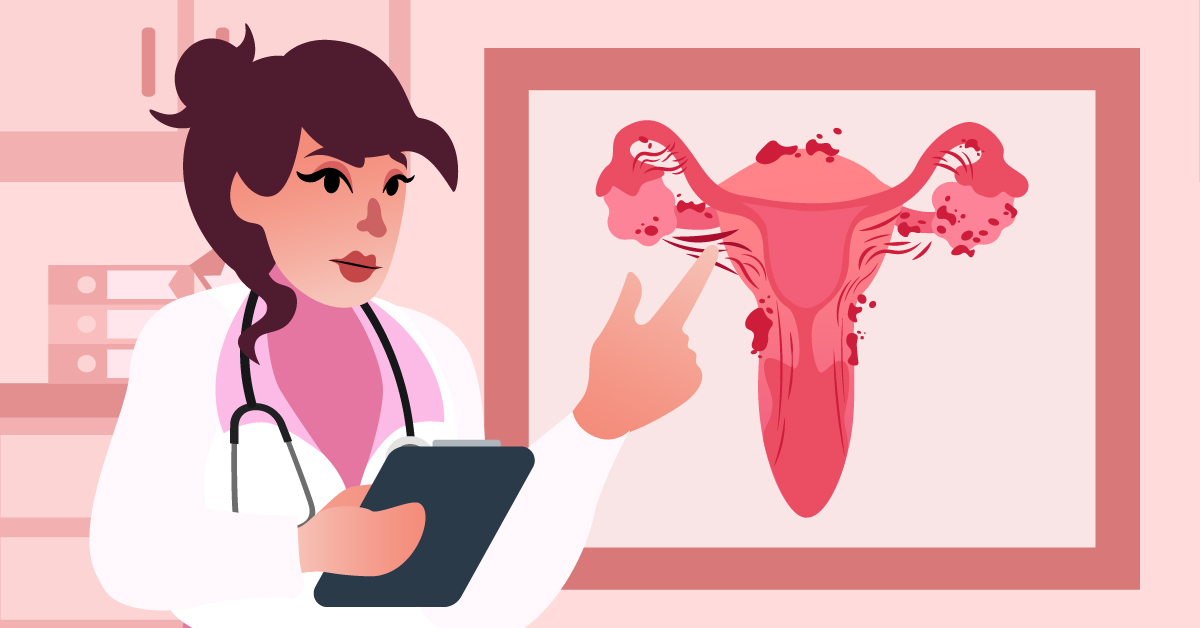
The pandemic has taught us that, more than anything, our health is important. It’s important for us to know about our bodies. How it functions, how to keep healthy, how to tell if something’s wrong. Information was passed so quickly about the COVID-19 pandemic, it kind of makes you wish that we, as a society, paid more attention and gave as much importance to other medical conditions – especially those that affect women’s health.
Women’s health has often been pushed to the wayside making it difficult to identify when some concern is warranted. Knowing more about the things that can affect your well-being and how they affect you can allow you to be more confident when you walk into the doctor’s office.
Around 10% of women of child-bearing age are affected by endometriosis. That is around 190 million women around the world. But do you know what endometriosis is? If not, here are some things you should know about this medical condition.
What is Endometriosis?

Endometriosis occurs in the endometrium. The endometrium is the tissue that usually lines the inside of a woman’s uterus. During a regular menstrual cycle, the tissue builds up and sheds if they are not pregnant.
Endometriosis is when that tissue starts to grow outside of the uterus. The tissue can develop anywhere in the body like the digestive tract, the lungs, and around the heart. It is most commonly found in the pelvic area, specifically the ovaries, the fallopian tubes, the tissues that support the uterus, and the outside of the uterus.
While it still acts like regular uterine tissue, breaking apart and bleeding at the end of every menstrual cycle, the blood has nowhere to go. It causes inflammation and swelling in the surrounding areas. You may even have scar tissue and lesions
What are the Symptoms of Endometriosis?
As they say, where there’s smoke there’s fire. Here are a few symptoms that can warn you or prompt you to get checked for endometriosis. While the presence of symptoms does not automatically mean that you will be diagnosed with this specific medical condition, it’s always better to be safe than sorry.
1You experience back pain during your period.

Endometrial cells can stick to your lower back and the front of your pelvic activities. While back pain is a common occurrence when you’re on your period, the back pain that relates to endometriosis will be felt deep in your body.
2You suffer from severe menstrual cramps.

Pelvic pain is a primary symptom of endometriosis, and its often associated with menstrual periods. While cramping is normal when you’re on your period, people with endometriosis have reported menstrual pains that are far worse than usual. The pain may also increase over time.
3You feel pain when pooping and peeing, especially during your period.
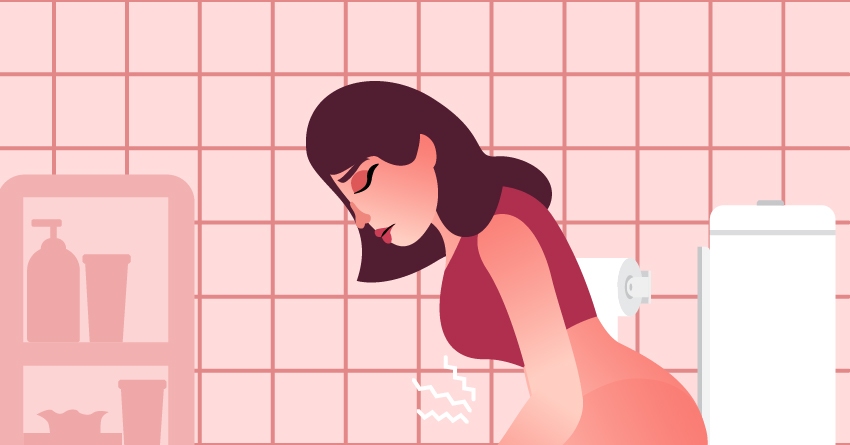
Endometriosis may cause irregular bowel movements that are even painful. They’ve been described to feel like “cuts with razor blades”. But pooping isn’t the only painful toilet experience that can occur. Peeing can hurt, too. Dysuria, hematuria, frequent urination, and painful voiding are all things that can occur with endometriosis.
4You have unusual or heavy bleeding during periods.
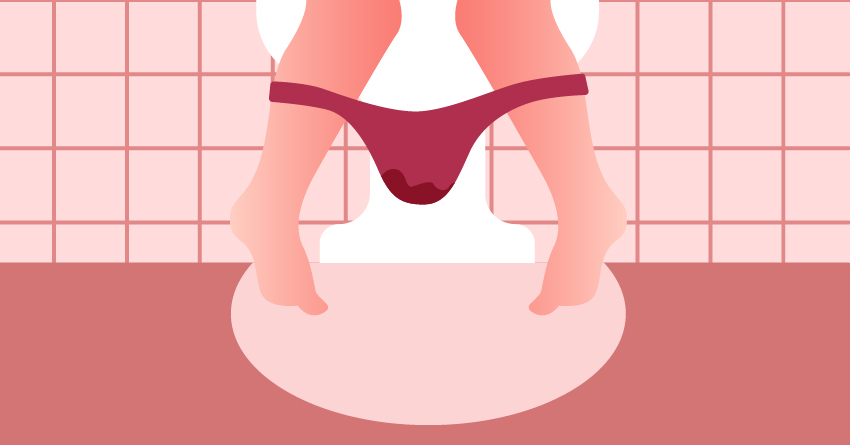
Since endometriosis involves the excess and abnormal growth of the endometrial lining, it should come as no surprise that unusual or excessively heavy bleeding is one of the symptoms of this medical condition. It’s not uncommon either for those with endometriosis to bleed in between their periods, as well.
-
₱2,550.00
-
₱2,800.00
-
₱1,999.00
-
Original price was: ₱3,000.00.₱1,500.00Current price is: ₱1,500.00.
5There is blood in your stool or urine.

Invasive endometriosis can cause rectal bleeding. Endometriosis in the bladder can cause blood in the urine (hematuria) which we have mentioned previously.
6You frequently experience diarrhea or constipation.

Bowel endometriosis can cause a variety of symptoms depending on the location of the lesion, size, and how deep into the bowel wall it is. Some women won’t have any symptoms but others will experience diarrhea or constipation because of it.
7You find sex painful.

Experiencing discomfort to the point of pain during sexual intercourse can be caused by endometriosis. If the tissue is found behind your vagina in the lower uterus, pain is the most extreme. Endometriosis can also adhere the vagina to the rectum which, during penetration, can pull or stretch on the irritated tissue, causing the pain.
8You suffer from permanent fatigue.

The body will always try to repair itself, so when the excess endometrial tissue causes inflammation, it triggers a variety of immune responses. The release of cytokines and increased attempts at wound healing and repair can cause fatigue.
9You have trouble getting pregnant.
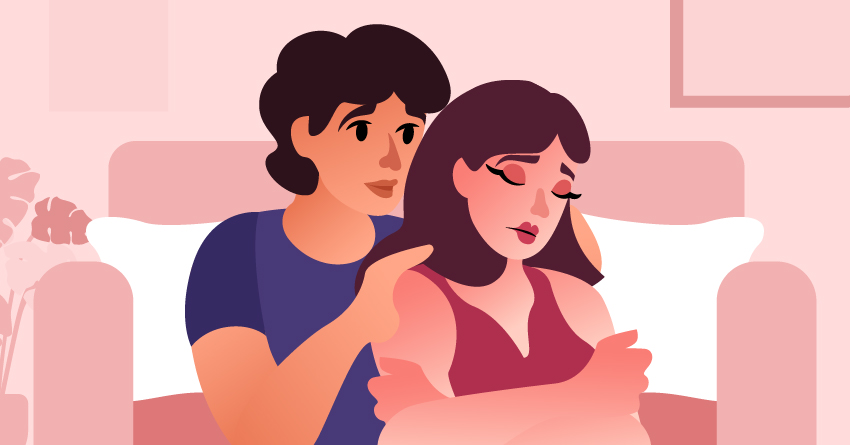
Endometriosis can affect egg quality, cause adhesions and ovarian cysts that can prevent fertilization or implantation. Add to that the pain you may feel during sex, it is not a wonder that some people with endometriosis can have difficulty conceiving.
-
₱150.00
-
₱150.00
-
₱150.00
-
₱150.00
10You frequently experience nausea and vomiting.

Gastrointestinal symptoms can be caused by endometriosis especially if you have bowel-related lesions. This means that you may notice that your nausea gets worse during your period or after eating.
What Causes Endometriosis?

Unfortunately, endometriosis is one of the medical diagnoses whose cause is still unknown. Some experts have proposed the possibility that menstrual blood contains endometrial cells. Some of that menstrual blood may pass back through the fallopian tubes and into the pelvic cavity, where the cells stick to your organs. This is then called retrograde menstruation.
Another possibility is that your genes are the reason for endometriosis. Research has shown that the effects tend to get worse the further down the family tree it affects.
It has also been found that women with immune system disorders have endometriosis but whether or not there’s a correlation between the two has not been determined.
What are the Stages of Endometriosis?
The classification system for endometriosis is based on the location, amount, depth, and size of the endometrial tissue. The extent and spread of the tissue, the involvement of pelvic structures in the disease, the extent of adhesions on the pelvis, and the amount of blockage of the fallopian tubes are all considered when determining the stage. These guidelines were established by the American Society of Reproductive Medicine. Pain and symptoms are not taken into account when determining the stage, which means someone who has Stage IV could have no symptoms while someone who is in Stage I suffers from immense pain.
1Stage I – Minimal
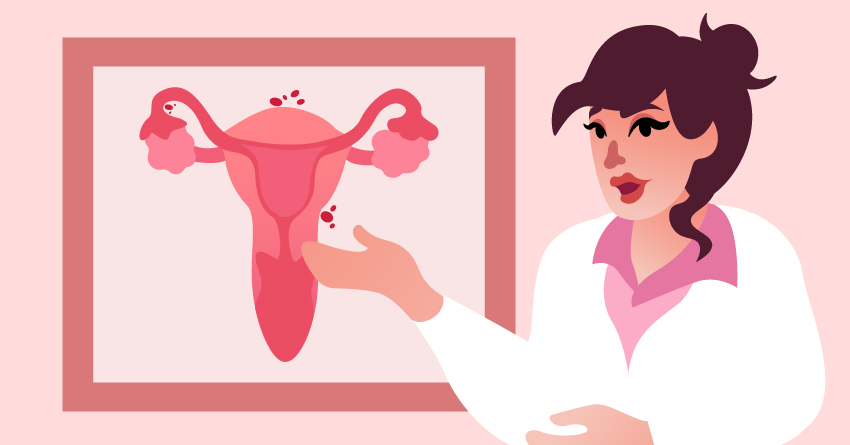
The first stage of endometriosis is when you have a few small lesions but no scar tissue.
2Stage II – Mild
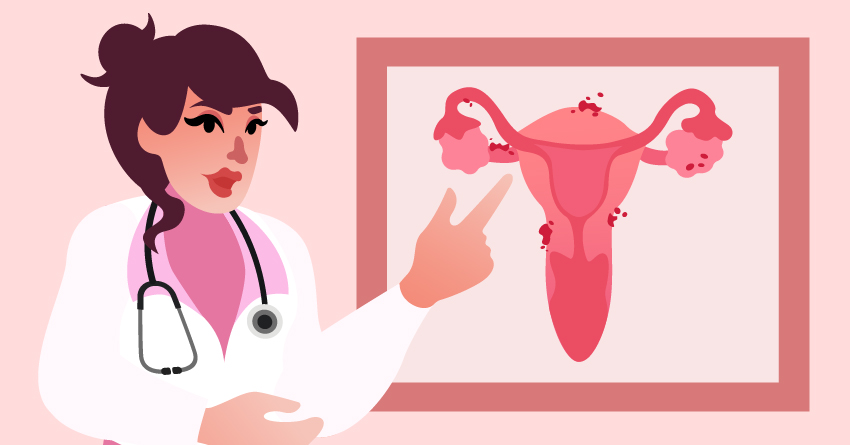
There are more lesions but no scar tissue present. Less than 2 inches of your abdomen are involved for endometriosis to be considered in the second stage.
-
₱2,695.00
-
₱2,695.00
-
₱4,045.00
-
₱2,695.00
3Stage III – Moderate
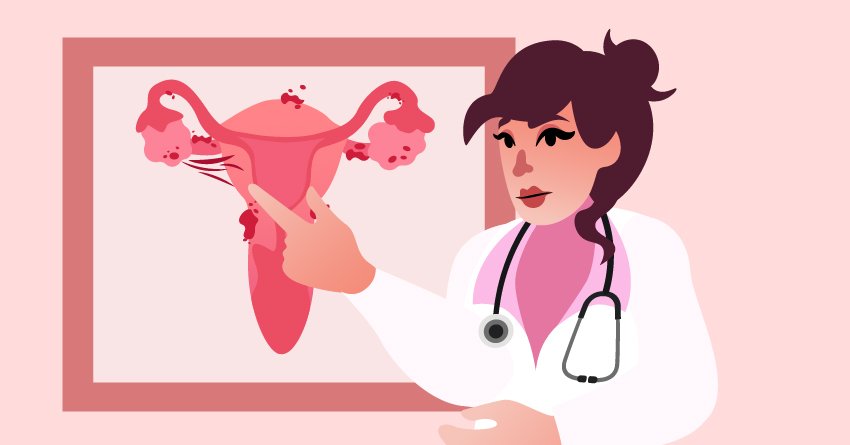
Deep lesions are present. Endometriomas and scar tissues are present around the ovaries and fallopian tubes in the third stage of endometriosis.
4Stage IV – Severe
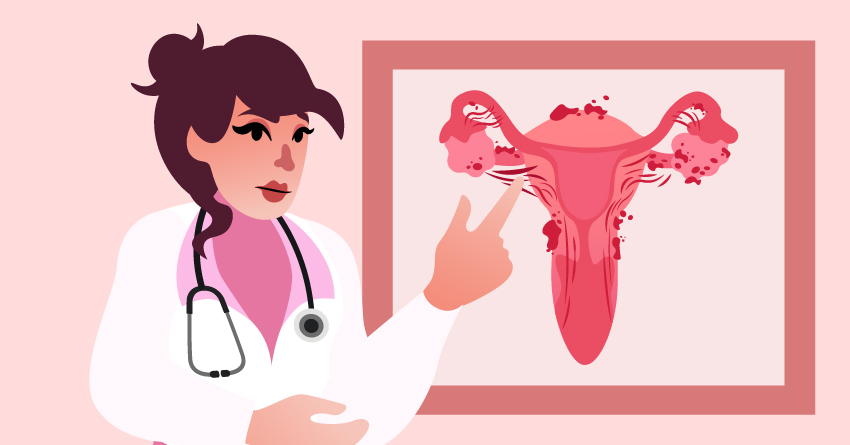
Multiple lesions and even large cysts in your ovaries mark the fourth and last stage of endometriosis. Scar tissues around the ovaries and fallopian tubes or between the uterus and the lower part of the intestines.
How To Diagnose Endometriosis?
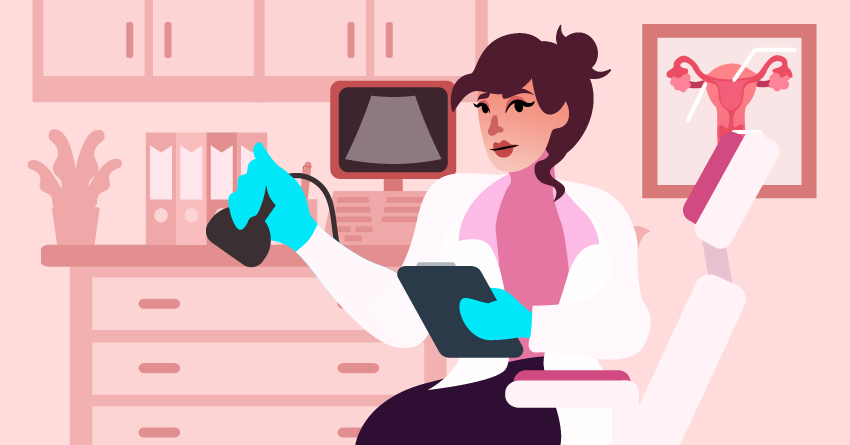
It may take an average of 6.7 years to get an accurate diagnosis. This can be due to the fact that no specific test can diagnose this medical condition and the symptoms are difficult to see, and when you do see the symptoms, they resemble symptoms for other conditions as well.
Making sure that you have a gynecologist or a health care provider that is familiar with your medical history can help immensely in spotting endometriosis early. Getting complete physical exams (including a pelvic exam) regularly can help, too! Finding out if you have endometriosis early can help you and your doctor make a plan to manage your symptoms sooner.
1Laparoscopy
Endometriosis diagnoses can only be certain when the doctor performs a laparoscopy and biopsies any suspicious tissue confirming the presence of endometrial tissue. A laparoscopy is a minor surgical procedure where a thin tube with a camera at the end – the laparoscope – is inserted into the abdomen through a small incision. It can also determine the location, extent, and size of the growths.
2Ultrasound
High-frequency sound waves allow a machine to take pictures of your reproductive organs. The test may involve the technician using an ultrasound scanning wand called a transducer into your vagina or moving it across your belly. It may not always show endometriosis, but it is good at showing endometriomas.
3Magnetic Resonance Imaging (MRI)
This test can create a clear picture of your body without the use of X-rays. It involves a large magnet, radio waves, and a computer. This test can also assist doctors in preparing for surgery on patients with endometriosis.
How is Endometriosis treated?
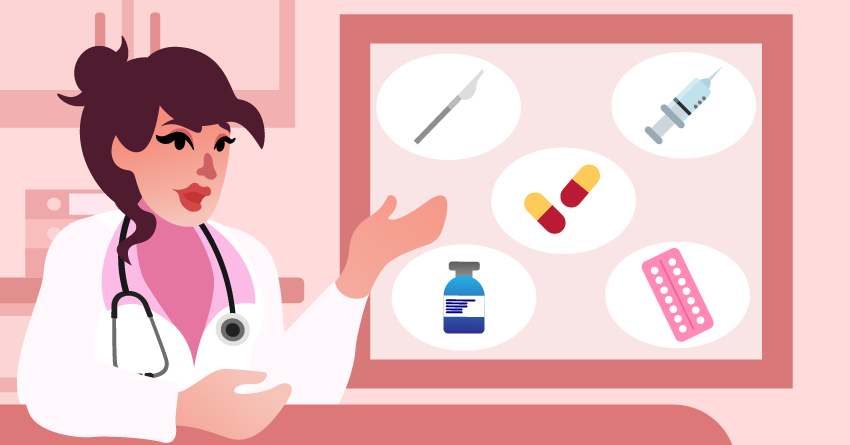
Because the condition and its symptoms can cause a lot of pain and challenges in day-to-day activities, patients will want quick pain relief. Currently, there is no cure for endometriosis. There are, however, treatments that can help manage the symptoms.
Both medical and surgical options are available to help reduce symptoms and manage potential complications. Doctors will typically recommend conservative treatments before resorting to surgery. Different people react differently to the variety of treatment options, so working closely with your doctor and notifying them of concerns can help find a treatment that works for you. Treatment options include:
1Pain medications
Over-the-counter pain medication like ibuprofen may be able to help in some, but definitely not all cases.
2Hormone therapy
Hormone therapy can help regulate the endometrial tissue growth that is promoted by the monthly hormonal changes. The supplemental hormones may help relieve pain and stop the progression of endometriosis.
-
₱6,495.00
-
Original price was: ₱1,595.00.₱995.00Current price is: ₱995.00.
-
Original price was: ₱120.00.₱102.00Current price is: ₱102.00.
-
Original price was: ₱7,998.00.₱3,495.00Current price is: ₱3,495.00.
3Hormonal contraceptives
If you aren’t looking to get pregnant, hormonal contraceptives are an option. They prevent the growth and buildup of endometrial tissue. You can choose to use birth control pills, patches, and vaginal rings. These contraceptives can reduce or eliminate pain in less severe cases.
A medroxyprogesterone injection can also stop menstruations, thus stopping the growth of endometrial implants. This offers pain relief and lessens the severity of other symptoms. It does come with a couple of risks like weight gain, decreased bone production, and increased chances of depression for some.
4Gonadotropin-releasing Hormone (GnRH) Analogues
The hormone estrogen is mainly responsible for the development of female sexual characteristics in people with the XY chromosome. Blocking estrogen prevents the occurrence of menstruations, thus creating artificial menopause.
In order to block the production of ovary-stimulating estrogen, people take gonadotropin-releasing hormone (GnRH) agonists and antagonists. Lupron Depot is an injectable example, and Elagolix is an antagonist taken orally.
There are side effects to this, like vaginal dryness and hot flashes. Coupling this treatment with small doses of estrogen and progesterone can prevent these symptoms.
5Conservative surgery
This is the surgery typically used for people who want to get pregnant or those who experience severe pain and other treatments are not working. Removing and destroying the endometrial growths without damaging any of the reproductive organs is the goal of conservative surgery.
Laparoscopies are used to visualize and diagnose endometriosis. It can also be used to remove abnormal or displaces endometrial tissue. Small incisions in the abdomen are created by the surgeon to surgically remove the growths.
Lasers are not commonly used in these procedures, as well.
-
Original price was: ₱4,045.00.₱3,640.50Current price is: ₱3,640.50.
-
₱1,595.00
-
₱2,695.00
-
₱4,045.00
6Hysterectomy
Hysterectomies are last-resort surgeries if conditions don’t improve with other treatments. A total hysterectomy involves the surgeon removing the uterus, cervix, and ovaries. These organs make estrogen which causes the growth of endometrial tissue. The surgeon will remove visible implant lesions.
There are two other types of hysterectomies depending on the condition.
A subtotal, aka partial or supracervical hysterectomy, removes the upper part of the uterus, leaving the cervix in place.
A radical hysterectomy is performed when cancer is present. It removes the uterus, cervix, and the top part of the vagina.
A hysterectomy can treat endometriosis, but it is not a cure. Pregnancy is no longer possible after the operation. Getting a second opinion before agreeing to a hysterectomy is essential if you’re thinking about starting a family.
What Lifestyle Changes can Help with Endometriosis?

Aside from medical assistance, lifestyle changes can help ease the effects of endometriosis. Here are a few that can make dealing with this condition at least a little bit easier.
1Exercise!
Breaking a sweat can help lower estrogen levels in your body making your periods fewer or lighter. Exercise can also help release endorphins which make you less sensitive to pain. So whenever you’re feeling up to, try to get in a little aerobic exercise.
2Eat more fruit, veggies, and fish.
A healthy, balanced diet can help anyone’s condition. But it has been said that women who eat a plant-based diet are less likely to get endometriosis. Healthy fats like omega-3 fatty acids in salmon, tuna, and walnuts are great too! Try to avoid beef, pork, and other red meat since the saturated fat content can trigger inflammation and raise estrogen levels assisting in the growth of endometriosis.
3Cut back on the alcohol intake.
Women who drink a lot of alcohol regularly may be more likely to develop endometriosis or make the symptoms worse. Alcohol raises estrogen levels which may increase the pain you experience because of the conditions.
4Keep yourself warm.
A hot water bottle to your belly can help with endometrial pain. Warm showers and baths can help ease the discomfort, too!
-
₱99.00
-
Original price was: ₱190.00.₱165.00Current price is: ₱165.00.
5Give yourself time to relax.
The constant pain associated with endometriosis is stressful, and all that stress can make you more sensitive to pain. Take deep breaths and try to find your peace. Meditation, yoga, or talking to a counselor or therapist can help you find ways to manage your stress.
6Get a massage.
Gentle massages can help soothe body pain and help with relaxation. This could also help relieve endometriosis pain. A study showed that women with endometriosis who got massages regularly were in less pain when they were on their periods. Avoid a belly massage, however, because this may make your symptoms worse.
7Try out some acupuncture.
Acupuncture is an ancient practice that uses fine needles to stimulate pressure points around the body. They increase blood flow and encourage the release of natural painkilling chemicals in the body. There is research that can prove that this Asian practice lessens endometriosis pain while having very few side effects.
8Put down that coffee cup.
Caffeine can be found in beverages like soft drinks and coffee, and while there is no difference in endometriosis rates in women who consume and do not consume caffeinated beverages, it can worsen your symptoms. It’s fine to enjoy coffee and tea, just do it in moderation.
9Get emotional support.
Having a good support system as you deal with endometriosis can help alleviate your stress and prevent depression and anxiety. Join support groups for individuals with endometriosis or look for therapists that can help ease the mental load. Lean on family and friends when you need them, and make sure they know how they can help and support you when necessary.
What are the Complications of Endometriosis?
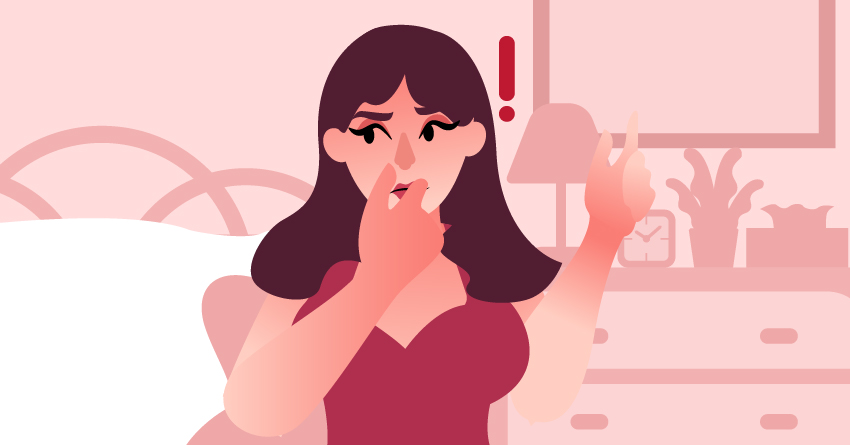
As with all medical conditions, complications can occur. These are a few to look out for.
1Endometriomas
Endometrioma can happen when the ovary is involved. The blood can get become embedded in the normal ovarian tissue forming a blood blister surrounded by a fibrous cyst.
-
₱2,695.00
-
₱4,045.00
-
₱3,395.00
2Infertility
Fertility issues are a serious complication of endometriosis. While there are medications for endometriosis, they do not improve fertility. There have been successful conceptions after having endometrial tissue surgically removed. And if that is not the case, fertility treatments and in vitro fertilization may help improve the chances of having a baby.
3Mental health issues
Depression and anxiety among other mental health issues may arise due to all the health concerns and chronic pain that may come with endometriosis. Mental wellness is an important part of your overall well-being. Finding a support group and educating yourself more on the condition can help create a well-balanced approach to managing your condition.
Frequently Asked Questions
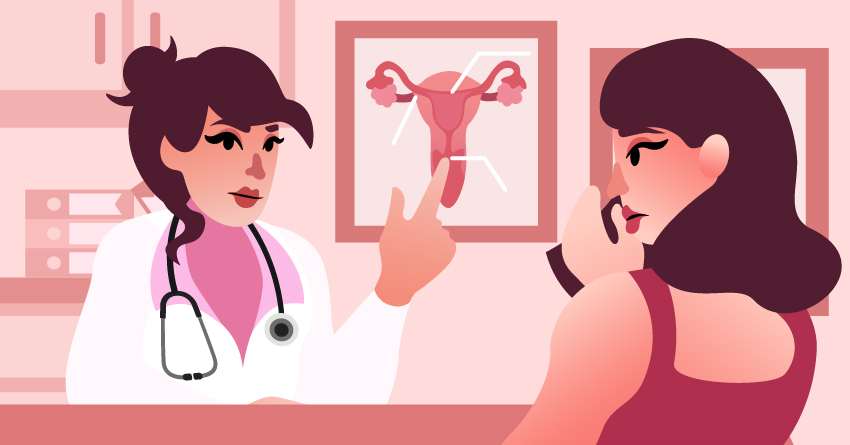
Endometriosis can be pretty scary, so it’s no surprise that you’ll have a couple of questions and concerns. Here are the common queries about this medical condition.
1How serious is endometriosis?
Endometriosis is a painful condition that can affect your quality of life, but it is not considered a fatal disease. Complications of endometriosis can cause potentially life-threatening problems in extremely rare cases. Get regular check-ups and always alert your doctor if you have any concerns.
-
₱11,990.00
-
₱10,900.00
-
₱4,750.00
-
₱5,395.00
2Should endometriomas be removed?
The consensus is that ovarian endometriomas that are larger than 4cm should be removed to reduce pain and improve conception rates. It is a difficult procedure because of the adhesion of the capsule, but it is doable.
3What other conditions have symptoms similar to endometriosis?
Conditions with similar symptoms are usually those that cause pelvic pain. Pelvic inflammatory disease (PID) or ovarian cysts are among those. Irritable bowel syndrome (IBS) can be confused with endometriosis, as well, because of diarrhea, constipation, and abdominal cramping.
4Will endometriosis affect me for the rest of my life?
Unfortunately, yes. While endometriosis is treatable, it is not curable. There are ways to manage the symptoms, however, so that you can go about your daily life with little to no changes. Take steps to adjust your lifestyle and talk to a medical professional so that you can properly manage the symptoms of endometriosis.
-
₱3,450.00
-
₱3,395.00
-
₱1,250.00
-
₱3,250.00
5Can stress make endometriosis worse?
Endometriosis is a condition that has been clearly shown by clinical studies to be associated with chronic stress. The stress intensity correlates with pain severity and disease extension.
Takeaway
While understanding and recognizing endometriosis as a medical condition that requires immediate attention is of utmost importance, it is also imperative to maintain your mental wellness.
Managing the physical symptoms along with the mental weight that comes with it is pertinent to staying healthy. Establishing a good support system and being knowledgeable about the condition can help calm your fears and concerns. Going to support groups, making sure your family understands the condition and knows what kind of support you need can lift the mental load. Having open and transparent communication with your doctor can help both of you monitor the condition and treat the symptoms with as little disruption to your daily life as possible.
